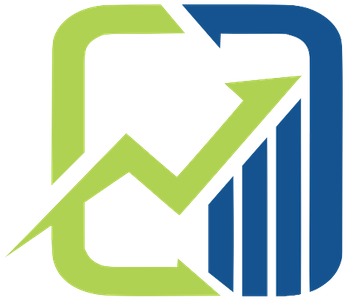In the vast landscape of financial content online, there’s an alarming tendency to accept information at face value. Many websites, including those providing market analyses and investment advice, often operate under the guise of authority but fall short in transparency and reliability. A key flaw in these sources lies in their propensity to overlook the inherent biases and disclaimers embedded within their communications. Recognizing that these platforms frequently include promotional material, third-party advertisements, and undisclosed compensation schemes is crucial for the astute investor. Blind reliance on what seems to be expert guidance can lead to catastrophic financial lapses, especially when extra layers of validation are not employed. Critical thinking demands a deliberate examination of the motives behind the information presented, questioning whether it’s genuinely beneficial or primarily motivated by profit.
Understanding the Risks Beyond the Hype
One of the biggest pitfalls in today’s investing climate is the romanticization of complex financial instruments such as cryptocurrencies and CFDs. While these tools promise high returns, they are inherently complex and risky, often misrepresented or misunderstood. A critical approach involves delving deeper into understanding how these instruments operate rather than succumbing to external hype or sensationalized predictions. Investors must acknowledge their ignorance and resist the urge to follow trends without due diligence. Comprehensive research, skepticism of grandiose claims, and awareness of the high potential for loss are fundamental. Such due diligence isn’t just advisable; it’s a necessity to prevent falling prey to scams or misinformed peddlers of get-rich-quick schemes.
Assuming Responsibility and Maintaining Autonomy
In an era where information overload is the norm, personal responsibility becomes paramount. Recognizing that ultimate accountability rests with the individual investor is vital. No matter how credible or persuasive the sources are, the final decision must be anchored in independent judgment, thorough research, and an understanding of personal financial circumstances. Many platforms emphasize disclaimers—sometimes lengthy and legalistic—aimed at distancing themselves from any liability. While this is a standard practice, it underscores a broader truth: reliance on third-party information without self-verification is reckless. Developing a critical mindset entails questioning everything, cross-validating data, and avoiding the trap of complacency. When embracing this approach, one’s financial journey becomes more resilient, less susceptible to distortions and manipulations designed to exploit lack of scrutiny.
Adding Value Through Critical Analysis
Adopting a critical stance isn’t merely about skepticism but about enhancing the quality of one’s investment strategies. It compels investors to differentiate between credible insights and marketing fluff, understand the real risks involved, and make informed choices. Such rigor helps parse genuine opportunities from speculative traps, creating a more disciplined and strategic approach to investing. Ultimately, critical thinking transforms passive consumption into active evaluation, empowering individuals to navigate the complex financial waters with confidence and autonomy. Only through relentless scrutiny and a willingness to question authority can investors truly safeguard their assets and cultivate genuine financial literacy.

